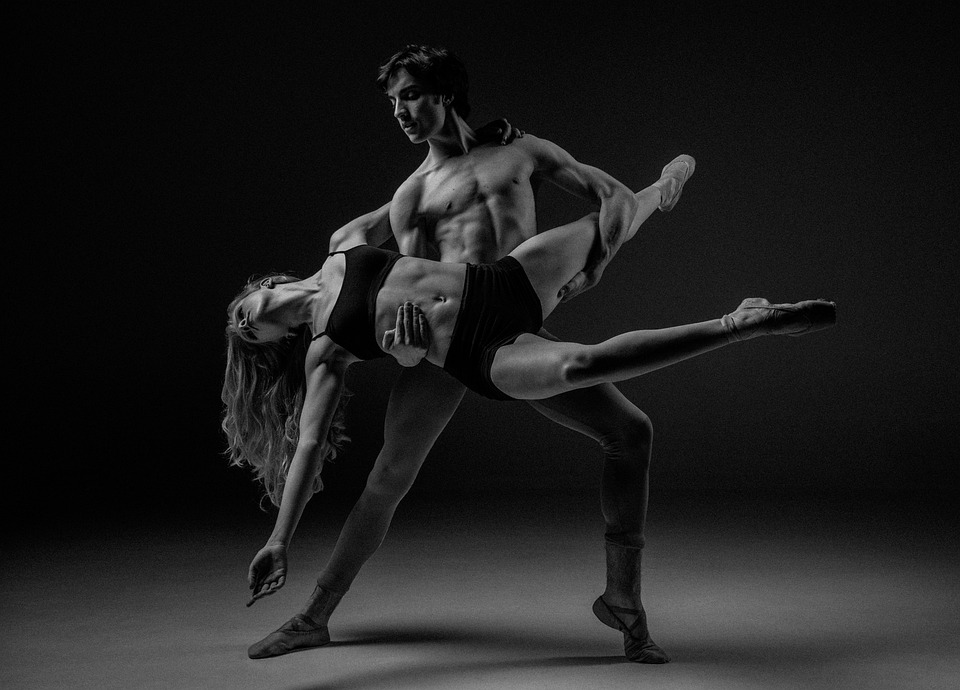Essential Dance Teacher Interview Guide: Tips and Strategies for Success
Stepping into the world of dance teaching is not merely about pirouettes and pliés; it’s an intricate blend of artistry and pedagogy. Preparing for an interview in this vibrant field is crucial, as it’s your chance to showcase not only your technical prowess but also your ability to inspire and connect with students. Here’s a guide filled with essential tips and strategies to help you shine in your dance teacher interview.
Know Your Craft
-
Dance Styles Mastery: Embrace the breadth of dance styles you are proficient in. Whether it’s ballet, contemporary, or hip-hop, be prepared to discuss your experience and how each style influences your teaching. Highlight any unique qualifications or training that set you apart.
-
Teaching Philosophy: Articulate your teaching philosophy clearly. What principles guide your approach? Reflect on how you foster creativity and discipline among your students. A well-rounded philosophy shows depth and commitment, resonating with interviewers looking for a passionate educator.
-
Lesson Planning: Be ready to outline how you structure your classes. Discuss your methods for catering to diverse skill levels and learning styles. Perhaps you employ a mix of technique drills, improvisation, and choreography creation. This flexibility is invaluable in a classroom setting.
Connecting with Students
-
Building Rapport: Illustrate your strategies for building relationships with students. A successful teacher often acts as a mentor, guiding students not just in dance but in their personal growth. Share anecdotes or examples that demonstrate your ability to inspire and motivate.
-
Classroom Management: Dance classes can be energetic and chaotic. Explain your approach to maintaining discipline while fostering a fun and engaging atmosphere. Perhaps you use positive reinforcement or set clear expectations from the outset.
-
Inclusivity and Accessibility: It’s essential to create a welcoming environment for all students. Discuss how you adapt your teaching to accommodate varying abilities and backgrounds. This commitment to inclusivity can greatly enhance the learning experience.
Professional Development
-
Continuous Learning: The dance world is ever-evolving. Share how you stay current with trends, techniques, and teaching methods. Whether through workshops, online courses, or attending performances, your dedication to professional growth will impress interviewers.
-
Networking: Emphasise the importance of building connections within the dance community. Collaborating with other educators, participating in events, or engaging with online forums can broaden your horizons and open new opportunities.
-
Feedback and Reflection: Discuss how you incorporate feedback into your practice. Whether it’s from students, peers, or self-assessment, reflection is key to improving your teaching. This shows your commitment to excellence and adaptability.
Showcasing Your Passion
Ultimately, your passion for dance and teaching should radiate during the interview. Speak with enthusiasm about your experiences, what drives you, and how you envision your future in this field. Remember, interviewers are not just looking for qualifications; they want to see your genuine love for dance and education.
As you prepare for your dance teacher interview, keep these tips and strategies in mind to present yourself as a well-rounded candidate. With the right preparation, you can confidently step into the interview room, ready to share your unique vision for dance education.
In the ever-competitive world of dance teaching, CVPortal continues to provide an array of high-quality resume references to support your journey. Embrace the opportunity to craft a compelling narrative of your professional experience that reflects your dedication and creativity.


